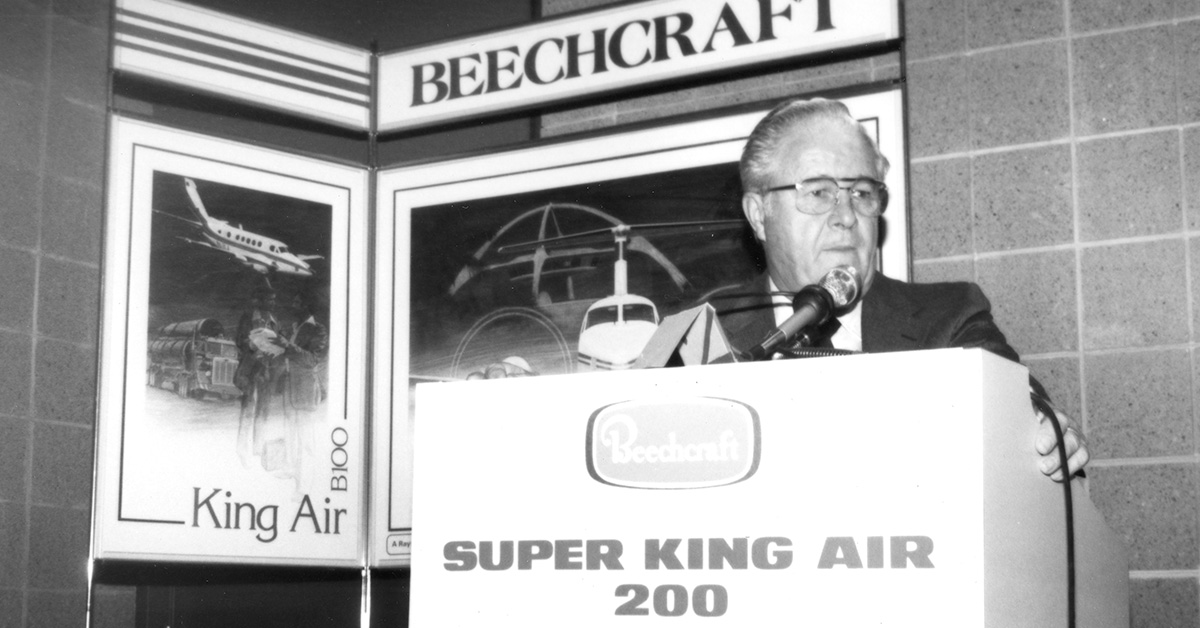

Ever since its founding, NBAA has worked with regulators, manufacturers and other industry stakeholders to ensure that new technologies are implemented in ways that help make flying safer, more efficient and less expensive.
NBAA’s Technical Committee — the association’s original standing committee — has been collaborating with manufacturers since 1947 to address operations and maintenance issues that affect safety, the cost of aircraft ownership, and the availability and reliability of parts and components. The committee’s numerous subcommittees, which are organized by aircraft and engine type, evaluate operational data to find solutions to technical issues and provide input to OEMs on future aircraft.
Perhaps most notably, NBAA’s annual Business Aviation Convention & Exhibition has served as the venue for the introduction of new business aviation technologies, including virtually every new aircraft. The show hosts a variety of maintenance and operations sessions, which are organized by NBAA’s Technical Committee (photo above shows an M&O session from 1980).
Other NBAA committees also have helped operators deal with emerging technologies. For example, in 2014, the Maintenance Committee established a Connectivity Subcommittee that is working with OEMs and end users to develop an industry-wide standard for integrating cabin electronic systems.
Helping Set Industry Standards
Besides working with manufacturers, NBAA has collaborated with regulators and other organizations to establish industry standards that take the needs of business aviation into account.
In 1951, NBAA became a member of the Executive Committee of the organization that today is known as RTCA, the principal industry advisor to the federal government on aerial communication standards.
In 1981, NBAA was pivotal in forming the International Business Aviation Council, a federation of national and regional business aviation groups that helps ensure that global standards promulgated by the International Civil Aviation Organization reflect business aviation’s needs.
Most recently, NBAA has supported efforts to revamp FAR Part 23 to permit manufacturers of smaller airplanes to develop innovative products quicker and to better leverage new technologies by adhering to performance-based, not prescriptive, airworthiness safety standards.
Proper Use of Technology
Perhaps most important, NBAA has worked with regulators to ensure that new technologies are used for the benefit, not the detriment, of business aviation.
The best example was the association’s collaboration with the FAA in the mid-1990s to develop the Block Aircraft Registration Request (BARR) program, a process designed to help protect the privacy, security and commercial interests of business aircraft operators by limiting real-time public access to flight-tracking data.


 International Business Aviation Council Ltd.
International Business Aviation Council Ltd.